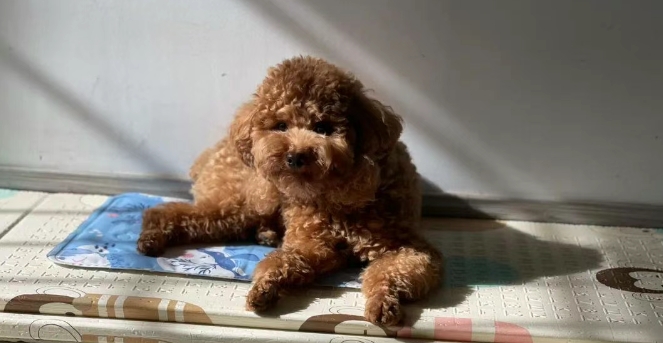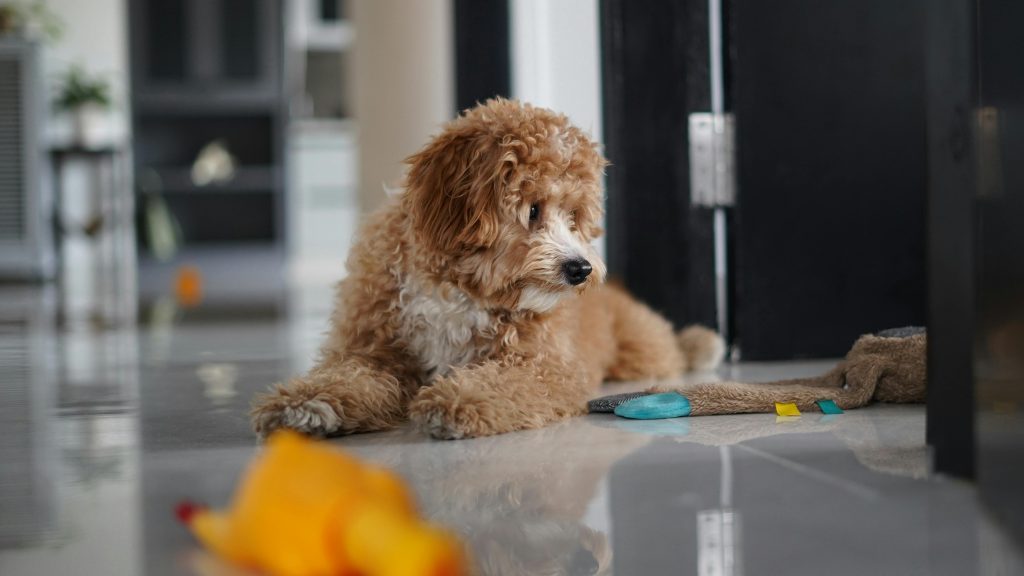For picky eaters, dogs that nibble just a little at each meal can really worry their owners—are they starving themselves? But then, when something tasty is offered, they suddenly eat a lot, and that raises another concern: did they overeat this time? It feels like a never-ending cycle of worrying. So, how can you actually tell if your dog is full or still hungry? Just keep an eye on these key signs to know whether it’s time to keep feeding or put the bowl away.
-
Rapid Eating
If your dog devours its food the moment it sees it, gobbling everything up in seconds and then stays near the bowl staring at you—that’s a clear sign your dog is still hungry and may need a bit more food.This happened once with Sunny. I was worried he wouldn’t eat, so I only gave him a small portion and went to do something else. When I came back, the bowl was already empty, and Sunny was still standing next to it. For a picky eater like Sunny, this behavior definitely meant he was too hungry.
-
Slowing Down or Taking Breaks While Eating
If your dog starts eating slower, takes breaks after a few bites, or walks away from the bowl and then comes back for a few more bites, it’s usually a sign that they’re getting full.However, for picky dogs, it might not mean fullness—it could simply mean they’re not interested in the food.

-
Licking Fur or Cleaning Up After Eating
After finishing their meal, if your dog starts licking the fur around its mouth or rubbing its face against a wall, it usually means they’re full and satisfied—it’s their version of “wiping their mouth.”There was a time when Sunny had a very consistent routine. Every time he finished eating, he’d lick his fur and sometimes even wipe his face on my pants, going back and forth like he was cleaning up after a good meal.
-
Checking the Belly Shape
A dog that’s had enough food will usually have a slightly rounded belly that’s soft to the touch—not hard or bloated.If the ribs are no longer visible and the tummy is just slightly puffed, the portion was just right.If you can still clearly feel the ribs, your dog likely didn’t eat enough. If the belly feels firm or bloated, chances are your dog overate.If you’re unsure, try gently feeling your dog’s stomach before a meal to get a sense of its normal shape. Then feel it again afterward to see if there’s a difference.
-
Energy Level After Eating
Most dogs become a bit lazy or sleepy after a full meal, often curling up in a quiet corner to rest.If your dog is still super active after eating, it might not have eaten enough.But if they seem uncomfortable, keep arching their back, or act strange, they might have overeaten or be experiencing indigestion—consider adjusting their food portions accordingly.

-
Monitoring Poop
Healthy dog poop should be well-formed—neither too soft nor too hard—and shaped like a log. The color usually resembles the food they ate (typically dark brown if on dry kibble).An adult dog typically poops 1–2 times per day.If the poop is too soft or shapeless and hard to pick up, your dog probably ate too much.If the stool is dry, hard, and pellet-like, that could mean they didn’t get enough food.
This is one of the most straightforward ways to tell whether your dog has eaten too much or too little. You can easily adjust the portion for the next meal based on what you observe.Now that you know how to tell if your dog is full or not, things should get easier—at least in theory. But when it comes to picky eaters, sometimes it still feels like you’re at your wits’ end.

